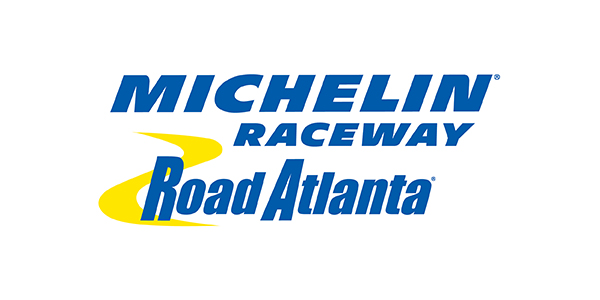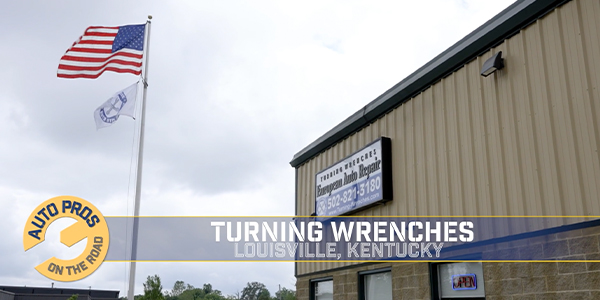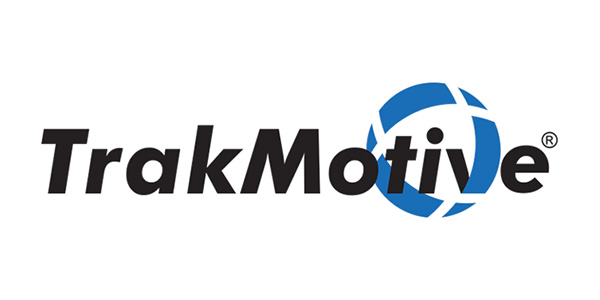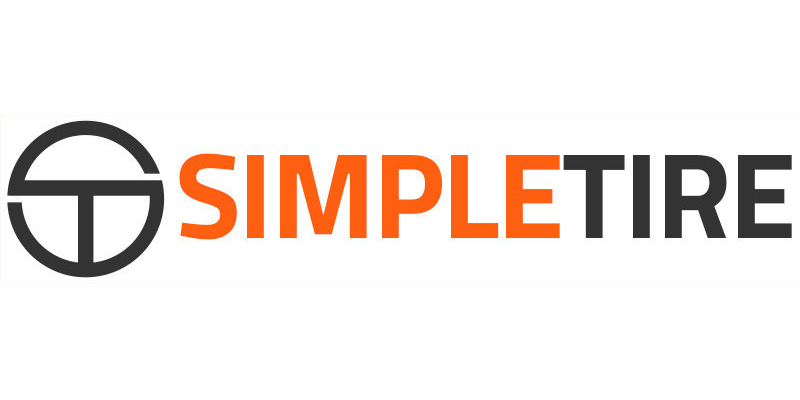Tire selection is about to become more complex. Commercial truck tires have evolved to be axle specific, and in nearly all Class 4 to 8 applications, have become service condition-specific. The three major service distinctions are city pick-up and delivery, mixed service (on-/off-road) and high-speed line haul. In this last and most cost competitive service condition, some sophisticated axle-specific tires already exist and are successfully used.
Steer axle tires now incorporate solid shoulder ribs, often accompanied by decoupling grooves, time-tested siping in larger blocks of tread rubber and careful tuning of tread pressure distribution in the loaded footprint area. This is all to resist irregular wear and extend take-off mileages. Side scuffing, mostly resulting from cornering forces required to turn the truck, is a main cause of wear for line haul steers. This explains why steer tires of tandem axle tractors wear faster than those on single drive axle units and why left side steers normally wear faster than right side tires. Also, steer tires are typically loaded to a higher percentage of their rated load capacity compared to dual positions. Most new line haul steer tires have tread depths in the 18/32-in. to 22/32-in. range.
Drive tires have evolved differently, mostly because of rear axle suspension and engine torque level changes. Modern high speed drive tires have abandoned lugs, or open shoulders, in favor of solid shoulders to become more compatible with softer riding and lower damping level suspensions and specifically to avoid heel/toe wear. This allows higher take-off mileages without rotation or other productivity-robbing maintenance procedures. All line haul drives must now accommodate higher torque levels characteristic of modern diesels, which require less gear shifting and more consistent speed without downshifts. This enhances fuel economy by allowing the engine to operate more in the “sweet spot” of its fuel map, but subjects the tires to torque levels previously found only in deep geared on-/off-road applications. Tangential (line of travel) scuffing is a major wear cause of drive tires as a result of driving and braking torque transfer. Remember, tire wear and casing longevity are much more closely related to torque than to horsepower output. Most modern drive tires have tread depths in the 26/32-in. to 30/32-in. range.
Trailer tires are unique since they have very shallow tread depth, typically in the 12/32-in. to 15/32-in. range, to offer maximum resistance to irregular wear and to deliver the lowest possible rolling resistance for fuel economy. Remember that there typically is a greater difference in rolling resistance between new and worn stages of any specific tire than among most major brands of comparable axle designs. While they are required to transfer some braking torque, trailer tires are not subjected to driving torque, nor do they generate significant cornering force required to change vehicle direction. So, they wear slowly and are more susceptible to irregular wear than other axle positions.
Say you have chosen the optimum tires for each axle of a typical 18-wheel (or 10-wheel, if you have converted to wide singles) rig that match the service conditions and vehicle configuration. What tires might perform best in a single drive configuration with a non-driven tag axle? A premium casing, shallow tread trailer design might seem logical, but will likely wear rapidly and risk a CSA citation due to the side scuffing from turning. An example would be a combination line haul and delivery service. Alternatively, steer axle tires are usually more expensive to purchase, will likely develop premature irregular wear and may tear shoulder ribs/decoupling grooves from excessive side forces in tag axle service.
One answer may be a non-line haul steer tire designed for city P&D service. This complicates tire inventory by adding a fourth tire choice and may complicate retreading if a different brand is chosen. Another alternative would be to select a steer tire that may perform with a more robust non-decoupling groove tread, which could be rotated to the tag at 50% to 60% wear. If wide singles are in your plans, an aggressive rotation program that applies all new drive tires to the driving axle and 50% to 60% worn drives to the tag may work well.
Be aware that the single drive tandem configuration will likely present different tire challenges. Seek counsel from tire industry field engineers and peers who have successfully made this conversion.
Auto Care Association CEO Urges Trump to Keep U.S.-Mexico Border Open for Trade
The Auto Care Association is urging President Donald Trump’s administration to keep the border between the U.S. and Mexico open with the majority of imported auto parts coming from Mexico.
The Auto Care Association is urging President Donald Trump's Administration to keep the border between the United States and Mexico open for business.
Bill Hanvey, president and CEO of the Auto Care Association, said between the U.S. and Mexico, millions of dollars of auto parts are shipped back and forth daily.
Gallery: GT Radial Maxtour LX Launch & Plant Visit
This week, Giti Tire USA hosted a launch event to debut its new touring tire under the GT Radial brand, the Maxtour LX. Related Articles – Smart Walls Help Bays Stay Organized – Yokohama Rubber: Sales Up, Earnings Down in 2018 – Smithers Rapra Opens New Product Testing Lab In Suzhou, China During a ride-and-drive
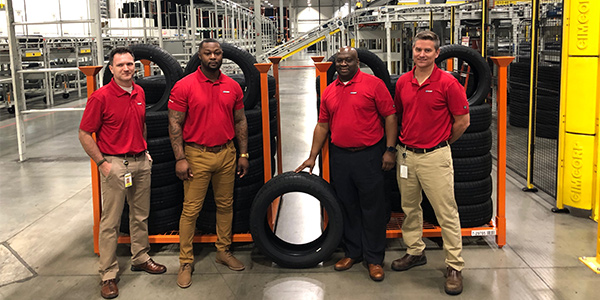
Smart Walls Help Bays Stay Organized
JohnDow Industries Smart Walls are designed as a better option for the storage of popular service parts, making them easy to access, easy to find and easy to organize.

Yokohama Rubber: Sales Up, Earnings Down in 2018
The Yokohama Rubber Co., Ltd., announced its business and financial results for fiscal year 2018.
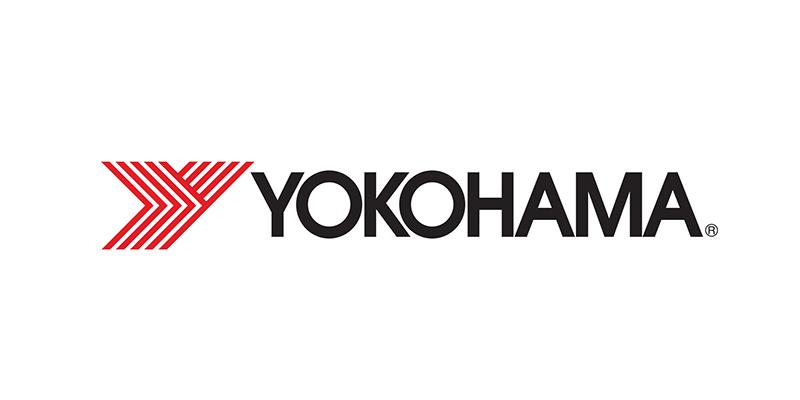
Smithers Rapra Opens New Product Testing Lab In Suzhou, China
Smithers Rapra is opening a new product-testing lab in Suzhou, China, which will provide air leak and burst, cleanliness, material properties, salt spray, and pressure, vibration and temperature (PVT) testing.
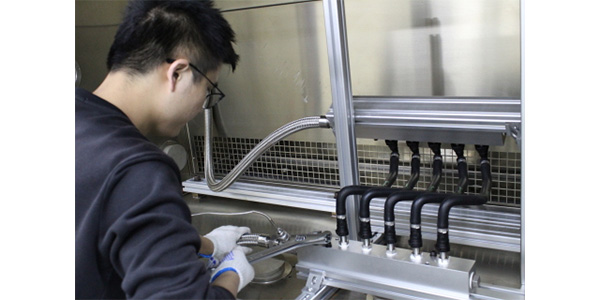
Other Posts
Andreoli Software Integrates With AMI
Andreoli Software, a point-of-sale software provider to the independent retail and wholesale tire industry, has released an integration with AutoMed5, or AMI.

Explaining Types of TPMS Sensors in Terms of Music
With multiple types of TPMS sensors, deciding which one is right for your business starts with a good understanding of each.

Continental Tire Announces Price Increases for U.S. Market
Continental Tire the Americas will increase prices in the U.S. market on Continental and General brand passenger and light truck tires, effective Jan. 7, 2019.

Michelin Acquires 2019 Naming Rights to Road Atlanta Racetrack
Michelin North America has announced an agreement with Road Atlanta for exclusive naming rights of the racetrack. Beginning in 2019, the track will be renamed Michelin Raceway Road Atlanta.
